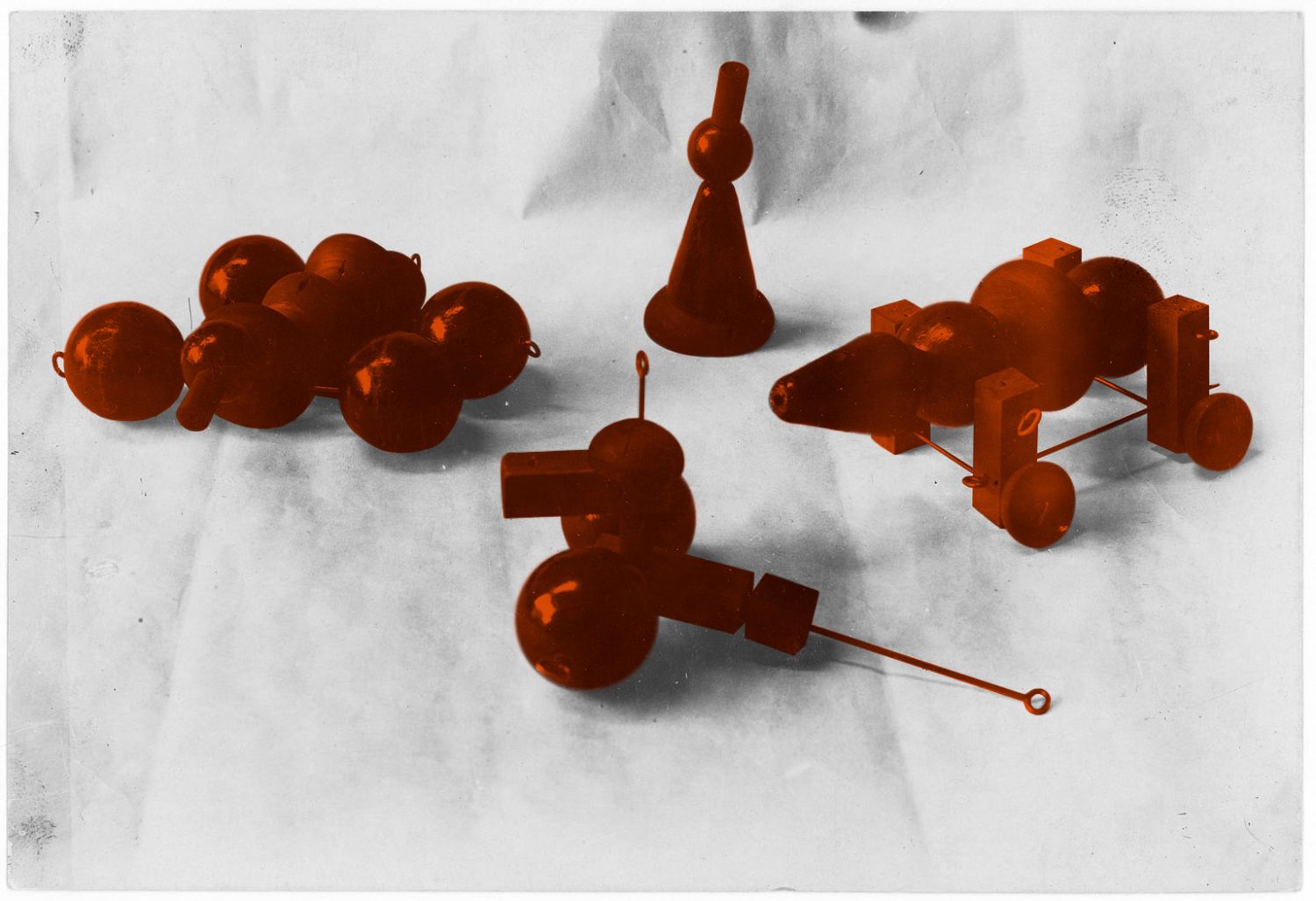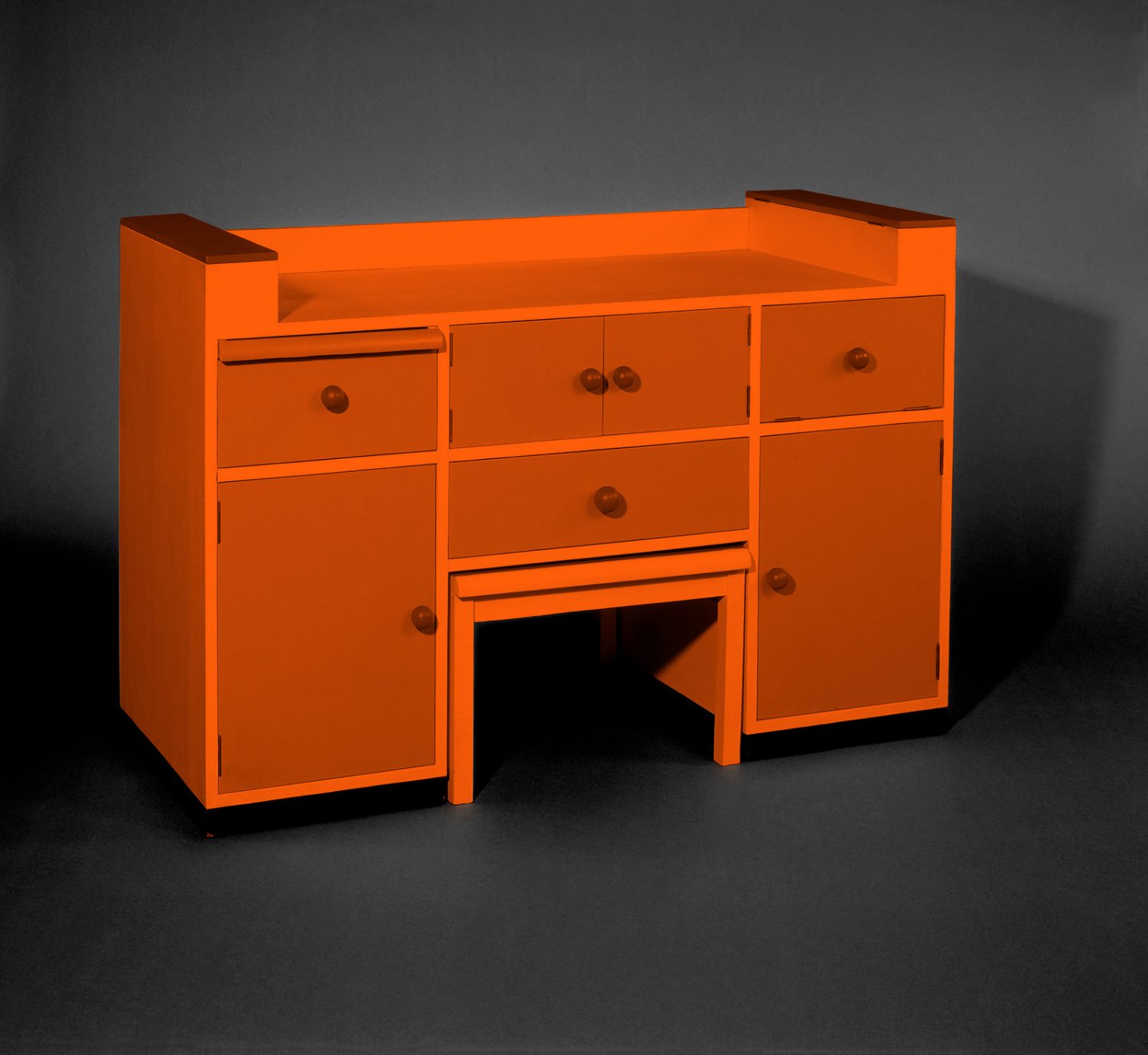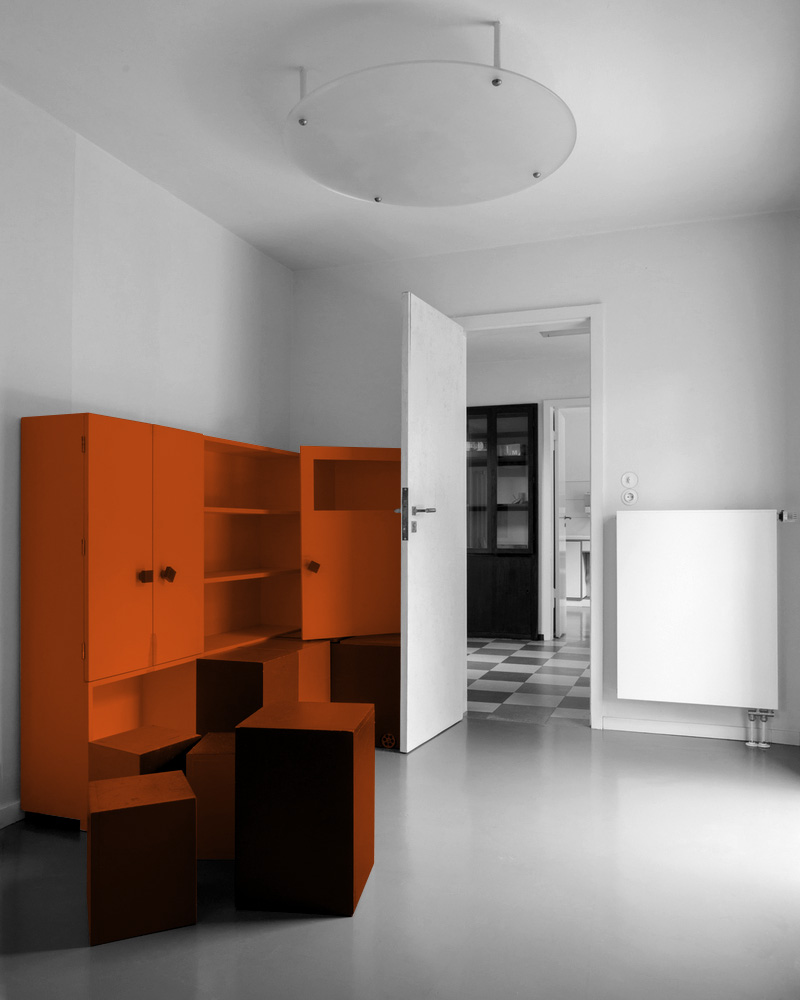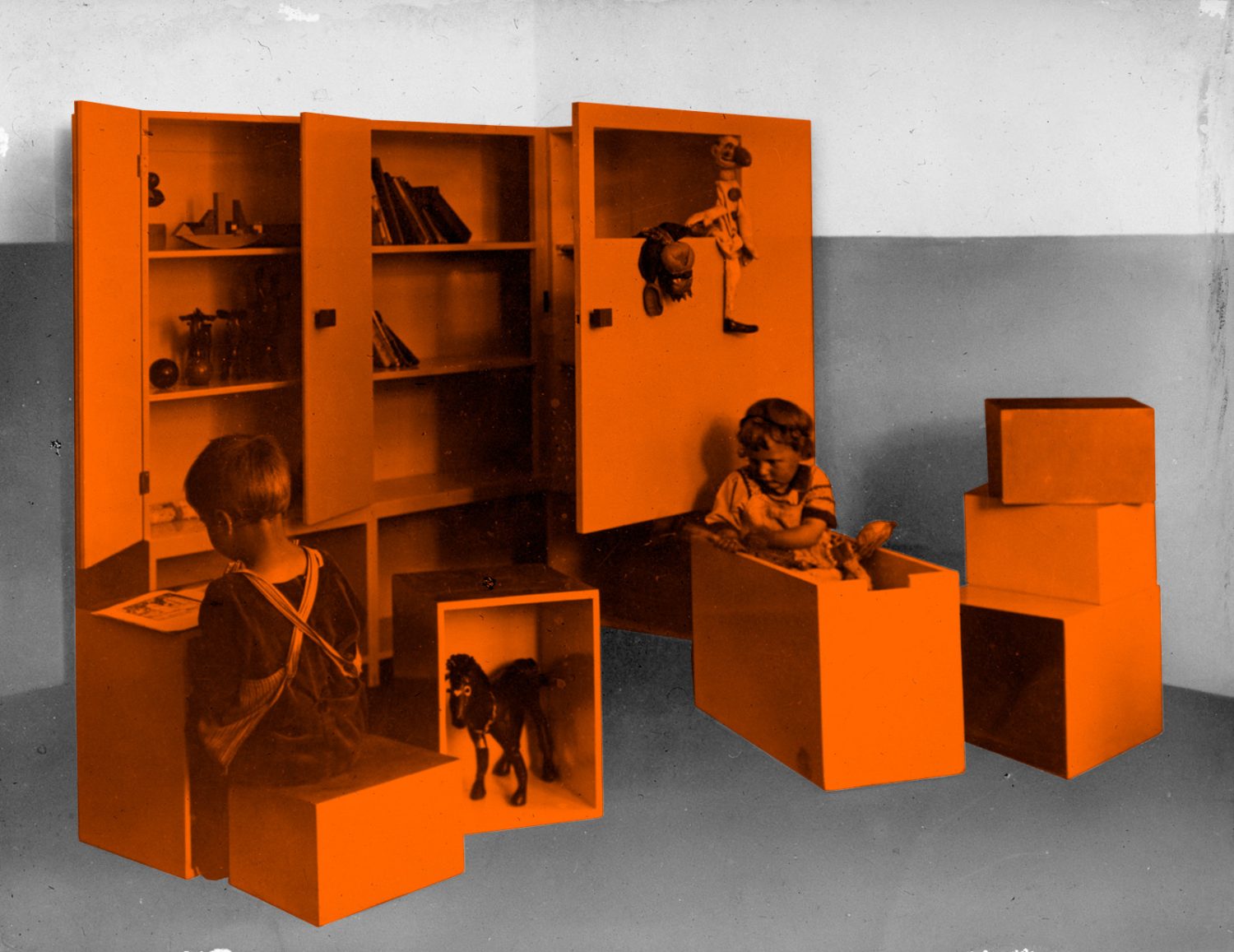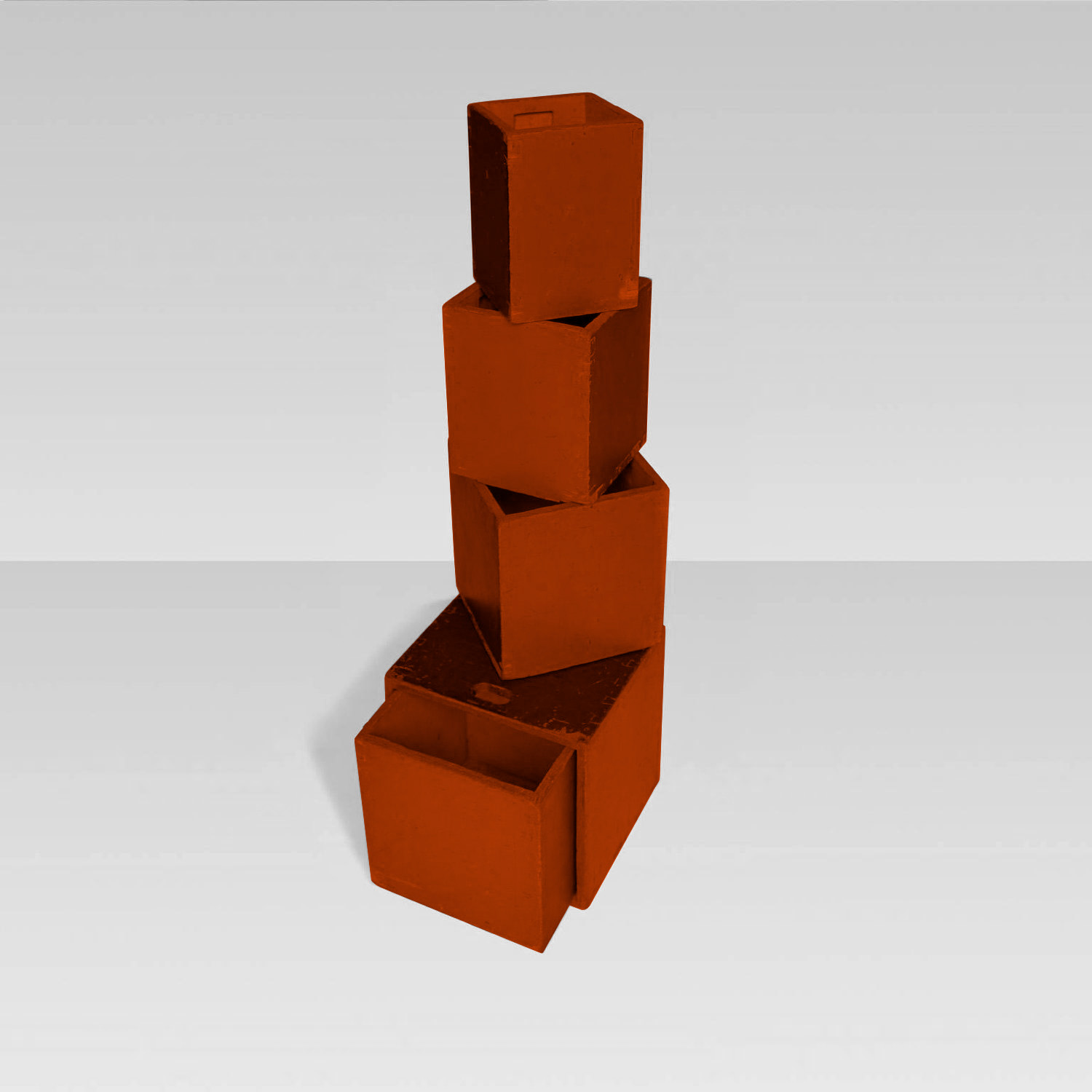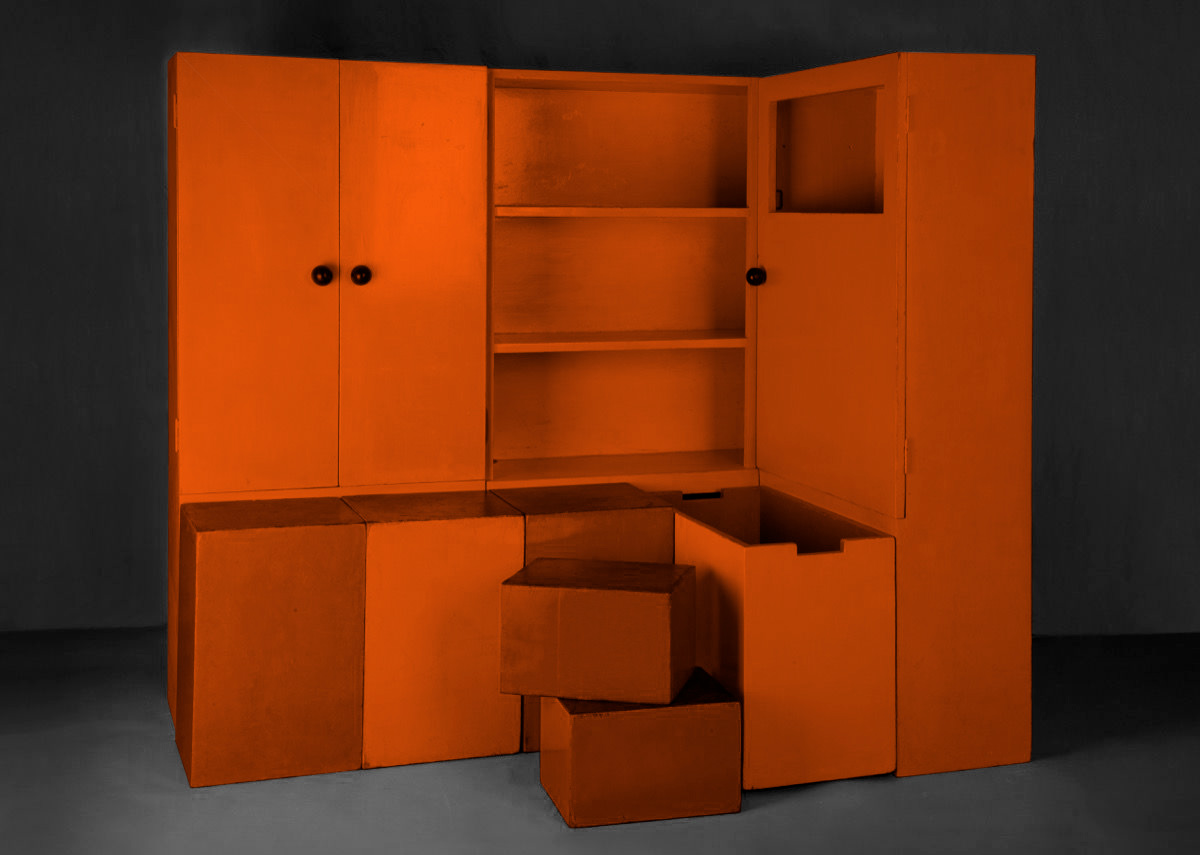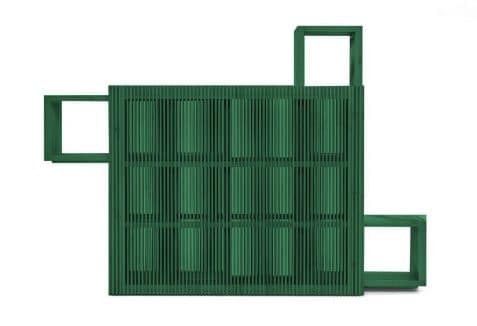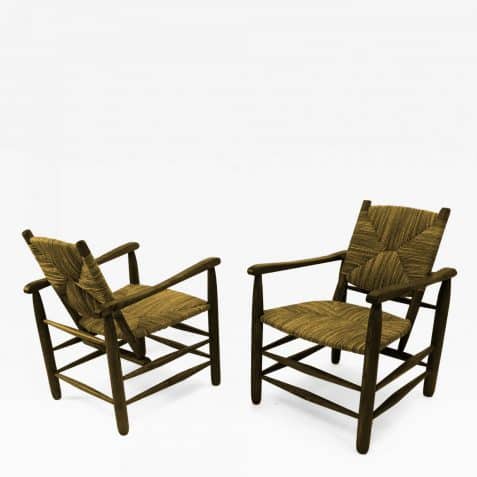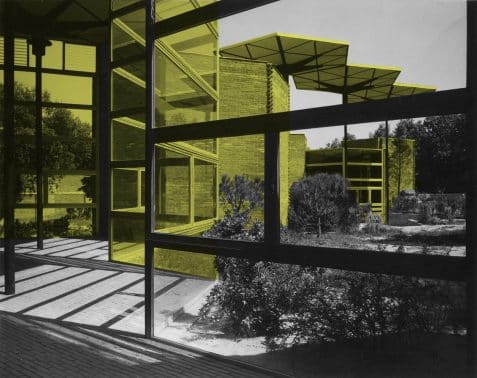INTERIOR
Playing at the Bauhaus #Alma Buscher
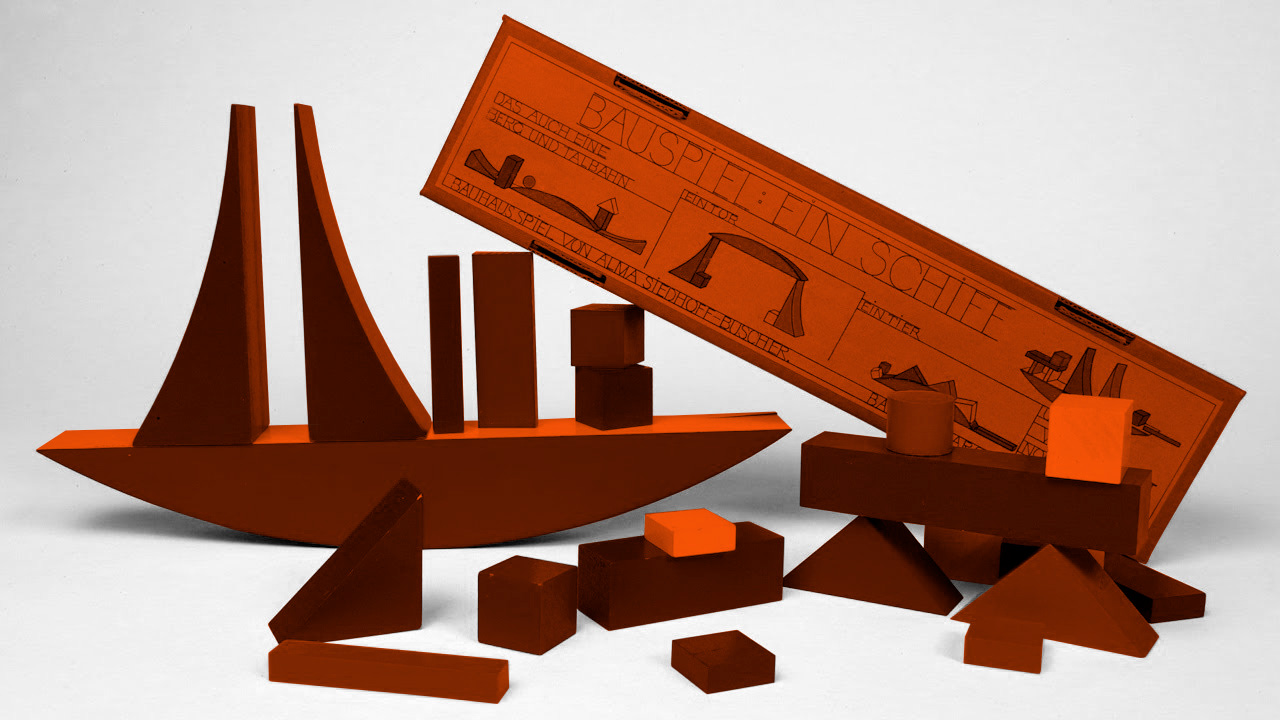
Alma Buscher entered the Weimar Bauhaus in 1922 and followed, like all students, the initial course taught by Johannes Itten and Paul Klee. Like most of the female students, she was directed to the weaving workshop, as Gropius considered that women were better suited to two-dimensional than three-dimensional design. Despite this, Buscher was later accepted into the carpentry workshop with the support of Professors George Muche and Josef Hartwig. In this workshop she developed her most recognized works.
In 1923, the Bauhaus showed his work to the public in an exhibition entitled “Unity between Art and Technique”. Buscher presented several toys in the exhibition in which she applied the basic principles of Bauhaus design, but also the principles of the new pedagogy of the time, in which free and creative play was considered an indispensable activity for children development.
Children should have a room where they can do what they want, where they reign. (...) Everything must adjust to them, must be tailored to them, their practical utility must not impede their possibilities for the game. Light and cheerful colours to create a fun and pleasant environment. Starting from these premises I designed a space, Alma Buscher, 'Kindermöbel und Kinderkleidung', 1926
The exhibition also presented a model house known as Haus am Horn, “the house on the hill”, designed by Georg Muche and equipped with the collaboration of all the Bauhaus workshops. Buscher was commissioned to design and build the furniture for the children’s room, with the collaboration of Erich Brendel, master craftsman of the carpentry workshop. This room was the second largest room in the house, since it brought together the space for sleeping and the space for playing. For the furniture, Buscher built a modular and transformable system, like a construction set, that could be adapted to the growth of the children and to different uses and games. Despite the negative reviews the exhibition received, Alma Buscher’s toys and furniture became a bestseller and, to this day, an icon of the Bauhaus.
